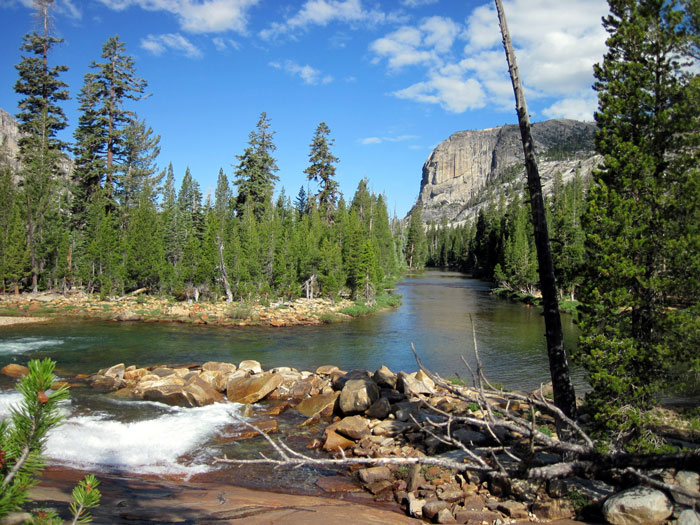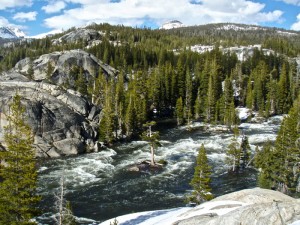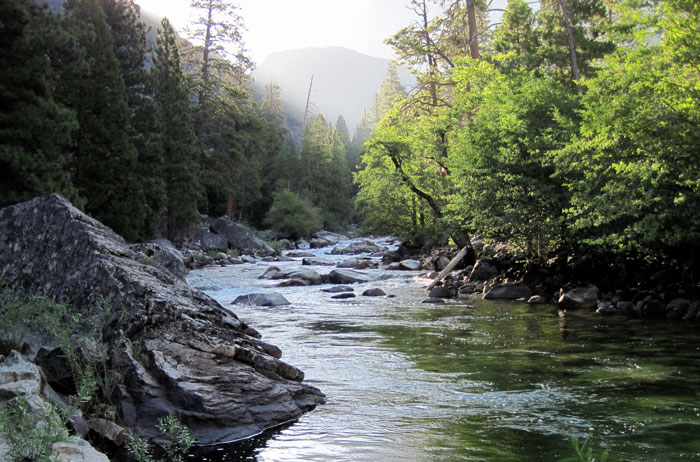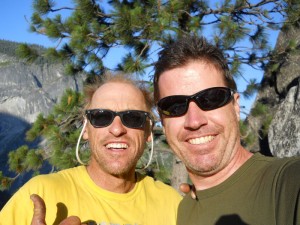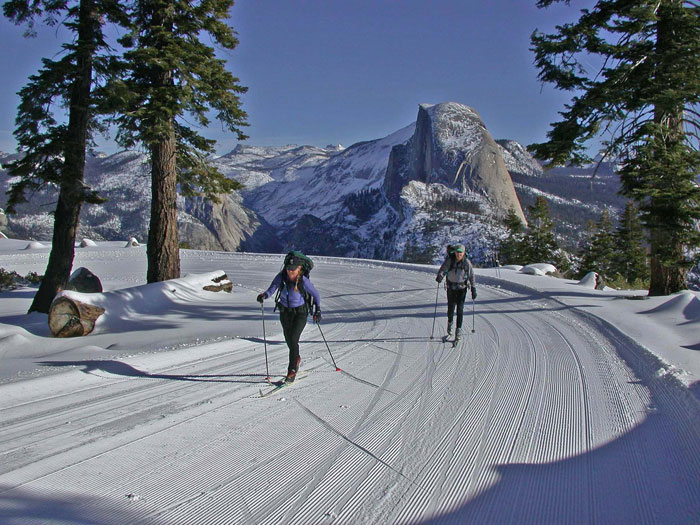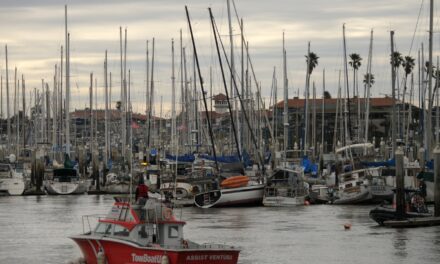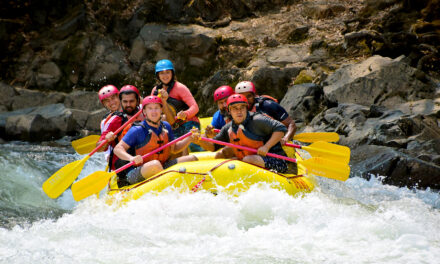- Paddling My Own Canoe - 10/01/2018
- West Coast Board Riders Club - 10/01/2018
- Never Too Oldfor Gold - 07/29/2018
Will Yosemite National Park lift the ban on paddling the Merced and Tuolumne Rivers?
By Haven Livingston
There are few outdoor activities that leave as little trace and cause as small an impact as paddling. Paddlers walk their craft to water’s edge where footprints disappear as they float away on nature’s liquid sidewalks and staircases. Why then, has Yosemite National Park banned paddling for over 30 years on the Park’s Wild and Scenic Merced and Tuolumne Rivers?
In the nation’s third most visited National Park, which allows rock climbing, hang gliding and horse packing, it’s hard to find answers to why paddling is only allowed on three miles of the Merced River when there are over 50 miles of navigable waters within the Park. Paddlers are holding out hope that when new river management plans are released this fall, that will all change.
Early in 2013, Yosemite National Park submitted a draft environmental impact statement for the Merced and Tuloumne Rivers for the public to review. American Whitewater, a non-profit whose mission is to conserve and restore America’s whitewater resources and to enhance opportunities to enjoy them safely, spearheaded a campaign encouraging kayakers, canoeists and rafters to voice their opinions. It was hoped that if enough comments were heard in favor of opening the rivers to paddling, the National Park Service would respond in kind.
Much of the steep whitewater in the Park would see only two or three descents per year since it is navigable by experts only, but extending the three mile section of the Merced through Yosemite Valley would open up one of the best ways to see the Valley from Happy Isles to Pohono Bridge. “This easy, six mile paddle would be one of the best single day float trips of any National Park,” claims Dave Steindorf, California Stewardship Director of American Whitewater.
When the public comment period ended in April, the National Park Service began analyzing comments, but there is more than kayaking on the minds of Park managers. Because these two rivers are federally designated as Wild and Scenic, the management plan’s purpose is to protect and enhance the Outstanding and Remarkable Values (ORVs) of the rivers and their corridors. The ORVs include things like endangered species habitat, historical sites, water quality and scenic value. When an activity comes under scrutiny, the question must be asked, “Does this enhance the ORVs of these rivers?”
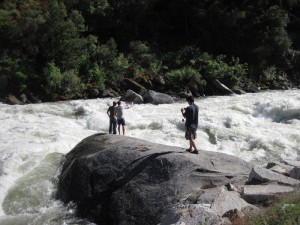
Kayakers just can’t help themselves from scouting dream lines in gnarly spring runoff on the Merced. Photo: Haven Livingston
Yosemite National Park Ranger, Scott Gediman explains that the management plans for the Merced and Tuolumne also broadly encompass effects of all park uses and facilities on the Wild and Scenic river corridors. “Deciding on paddling rules is not about whether the Park is for it or against it,” Gediman said. “We have to take a cumulative look and ask what the impacts are of the activity, the combined impacts of multiple activities, and the impacts on other Park visitors. We have to decide if it’s appropriate for this Park.”
According to Steindorf, paddling down Yosemite’s rivers is completely appropriate. “Yosemite is one of only three parks in the country that prohibits the public from exploring our rivers by kayak, canoe, and raft,” said Steindorf. (Yellowstone and Grand Teton National Parks are the other two.) “Paddling is human-powered, low-impact, quiet, non-consumptive, skill-based, and Wilderness-compliant. In short, it is exactly the kind of activity and experience that the Park system was created to foster.”
The ban was put in place in the late 1970’s due to safety issues of people floating the river without proper equipment and concerns over woody debris causing navigational hazards. Today the Park Service continues to clear all large woody debris out of the three mile open stretch of the Merced River. Recent conversations between the Park and paddlers have attempted to clarify that there are ways to make sure people are educated and prepared for river travel and removing wood from the rivers is unnecessary and undesired by paddlers.
Steindorf commends Yosemite National Park for demonstrating that the public comment process is working and that it has given paddlers and Park staff the opportunity to have a conversation about what lifting the ban would mean. In contrast, Yellowstone and Grand Teton National Parks have refused to engage in a discussion about paddling in those parks. Yellowstone has even greater potential for viewing amazing landscapes from the rivers. Steindorf hopes that with enough continuous public pressure those parks will come to the table and at least be open to discussing paddling. He says, “We want people to think of paddlers as people who just want to travel through the landscape in a different way.”
——————————————————————————————————————————-
Get Involved
Join American Whitewater and support open access and recreational flow releases from dams. Visit them online: Americanwhitewater.org
Learn more about the NPS planning process for the Merced and Tuolumne Rivers:
Merced River Plan: nps.gov/yose/parkmgmt/mrp.htm
Tuolumne River Plan: nps.gov/yose/parkmgmt/trp.htm

